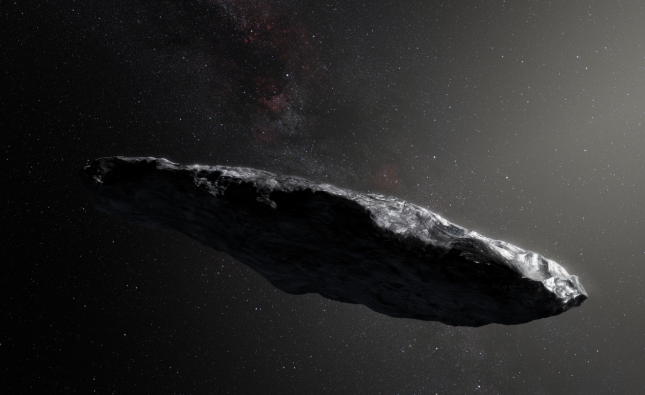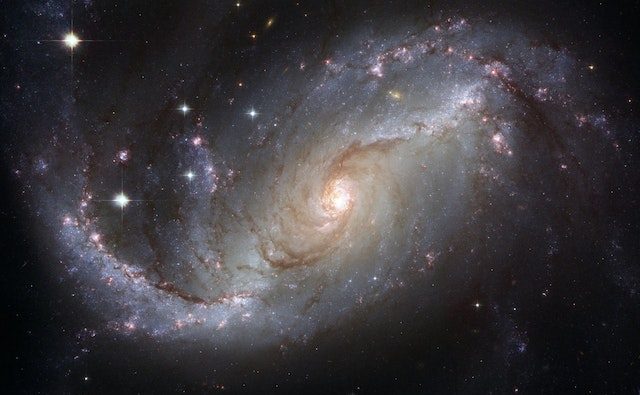
Introduction
Canada wildfires have captured global attention in recent years. Millions of hectares of forest have burned, sending thick smoke across cities and disrupting lives. But what drives these fires? The answer lies deep in wildfire science and climate change. In this article, we will explore how a warming planet makes fires worse in Canada. We will look at the key factors behind fire outbreaks, how rising temperatures play a role, and what the future may hold. By understanding the science, we can work to protect people, wildlife, and forests.
What Triggers Wildfires in Canada?
Wildfires need three main ingredients: heat, fuel, and oxygen. In Canada, forests provide plenty of fuel in the form of trees, shrubs, and dead wood. Lightning strikes or human activity can supply the spark. Once flames start, strong winds can spread them quickly.
- Heat: Long, hot summers dry out trees and soil.
- Fuel: Thick, dense forests offer lots of material to burn.
- Oxygen: Winds fan the flames, helping fires grow.
When these conditions come together, small fires can turn into massive blazes that are hard to control.
The Role of Climate Change
Climate change makes Canada wildfires more frequent and severe. Here’s how:
- Higher Temperatures
As global temperatures rise, summers become hotter. This heat dries out forests. Dry wood and leaves burn more easily than moist ones. - Drier Conditions
Warmer air holds more moisture, pulling water from soil and plants. Lower humidity means the forest floor loses moisture fast. Dry landscapes act like tinder. - Longer Fire Seasons
In the past, Canada’s fire season ran from late spring to early fall. Now, warm conditions can last into spring and late fall. A longer season gives fires more time to start and spread. - Extreme Weather Events
Heat waves and drought make forests vulnerable. Lightning storms without rain can spark fires. Powerful winds can turn small fires into raging infernos.
Signs of a Changing Fire Pattern
Data from Canada’s forestry agencies shows that wildfire patterns are shifting:
- Increased Burn Area:
The total area burned each year has grown in key provinces like British Columbia and Alberta. - More Large Fires:
Small fires can be contained quickly. But large fires over 100,000 hectares are on the rise. - Higher Fire Intensity:
Fires now burn hotter and move faster, making them harder to fight.
These changes reflect the impact of a warmer, drier climate on Canada’s vast forests.
The Science of Wildfire Behavior
Wildfire science helps us predict and fight fires. Researchers study fire behavior in the lab, in the field, and with computer models. Key areas include:
- Fire Spread Models:
These tools use data on wind, fuel, and terrain to forecast fire paths. - Fuel Moisture Monitoring:
Sensors measure how wet or dry vegetation is. Low moisture signals a high fire risk. - Satellite Tracking:
Satellites detect heat and smoke from space. This real-time data guides firefighters.
By combining these methods, we gain a clearer picture of where fires may start and how they will grow.
Impacts on People and Nature
Wildfires affect more than trees. They pose serious risks to health, property, and wildlife.
- Health Risks:
Smoke contains particles that irritate the lungs. Children, the elderly, and those with asthma are most at risk. - Property Damage:
Homes and towns near forests face evacuation. Rebuilding can take years. - Wildlife Loss:
Animals lose habitat and food sources. Some species may struggle to recover. - Carbon Emissions:
Burning trees release stored carbon. This adds to greenhouse gases, fueling more climate change.
Adaptation and Mitigation Strategies
Facing growing fire threats, Canada is taking action on multiple fronts:
- Forest Management
- Controlled Burns: Prescribed fires remove excess fuel under safe conditions.
- Thinning: Removing small trees and underbrush reduces fire intensity.
- Building Resilience
- Fire-Resistant Materials: New homes use non-combustible siding and roofs.
- Defensible Space: Clearing vegetation near structures slows the spread.
- Early Warning Systems
- Fire Danger Ratings: Public alerts inform residents when conditions are high risk.
- Smart Sensors: Networks of cameras and sensors detect smoke early.
- Climate Action
- Emissions Reductions: Cutting greenhouse gases slows temperature rise.
- Renewable Energy: Shifting from fossil fuels to clean power lowers global warming.
By blending science, policy, and community efforts, Canada aims to curb the dangers of wildfires.
Looking Ahead: The Future of Wildfire Science
Wildfire science continues to evolve. Researchers are working on:
- Advanced Modeling: Using machine learning to improve fire forecasts.
- Genetic Studies: Identifying tree species that resist fire damage.
- Community-Based Research: Engaging local and Indigenous knowledge in fire management.
These advances promise better tools to predict, prevent, and fight fires. However, success depends on global cooperation to address climate change at its source.
Conclusion
Canada’s wildfires are more than natural disasters—they are a stark reminder of our changing climate. Through wildfire science, we see how heat, dry forests, and shifting weather patterns work together to fuel massive fires. The impacts on health, homes, and ecosystems are profound. Yet, by applying smart forest management, building resilient communities, and cutting greenhouse gas emissions, we can reduce risks. The science is clear: slowing climate change and adapting our forests are key to our future. Together, we can protect Canada’s landscapes and ensure safer seasons ahead.










